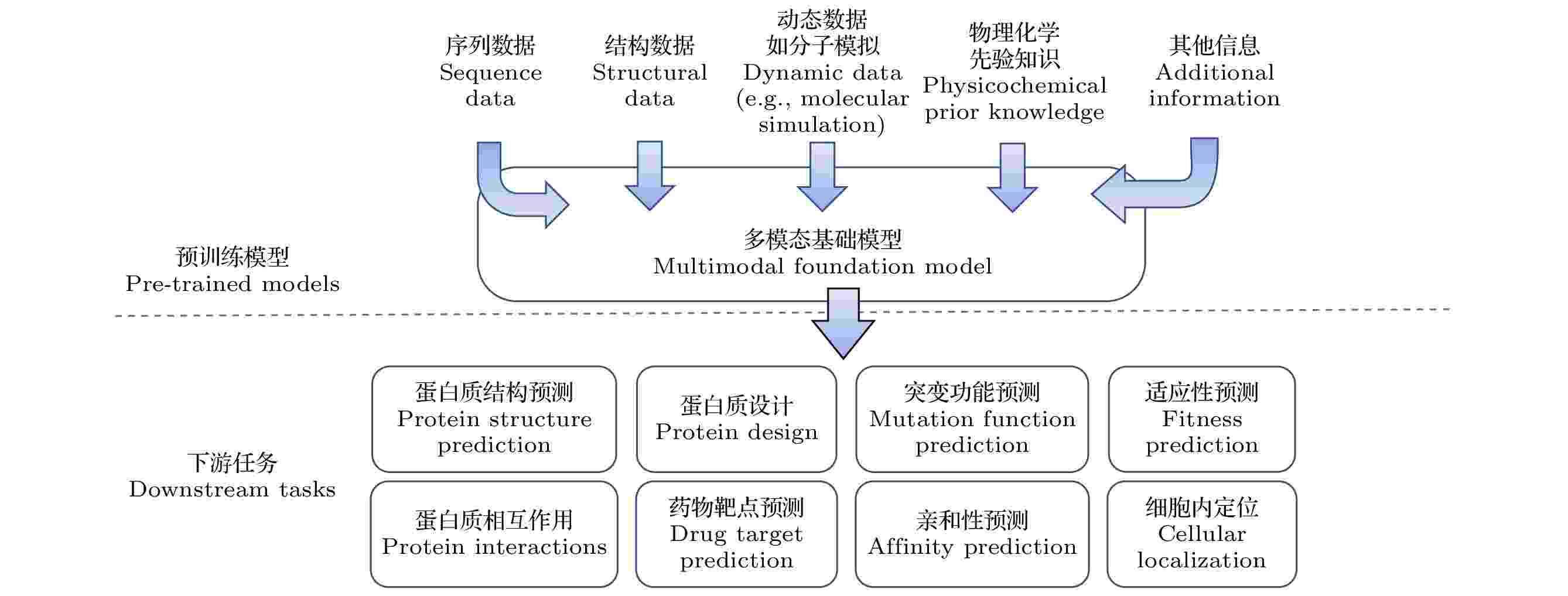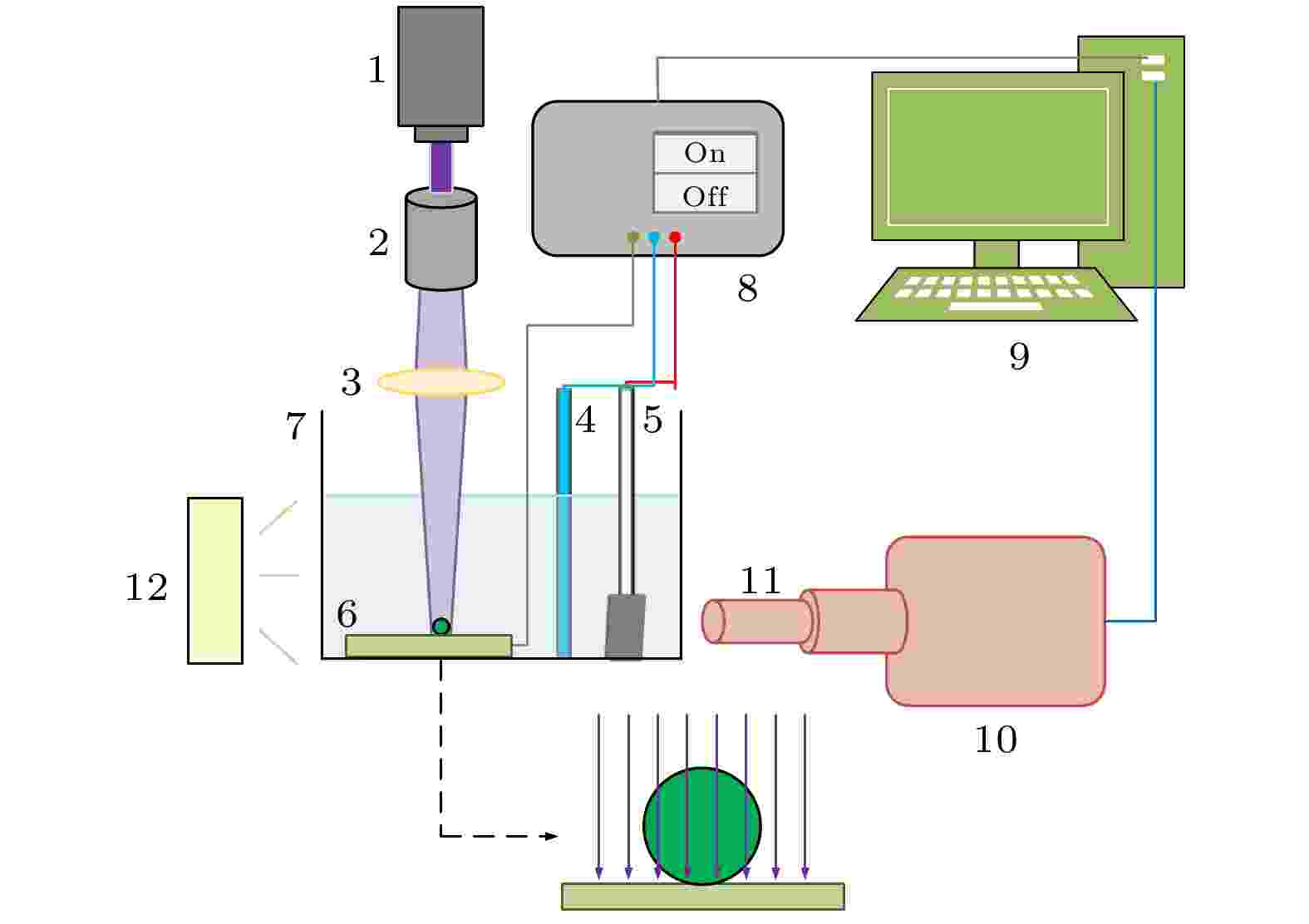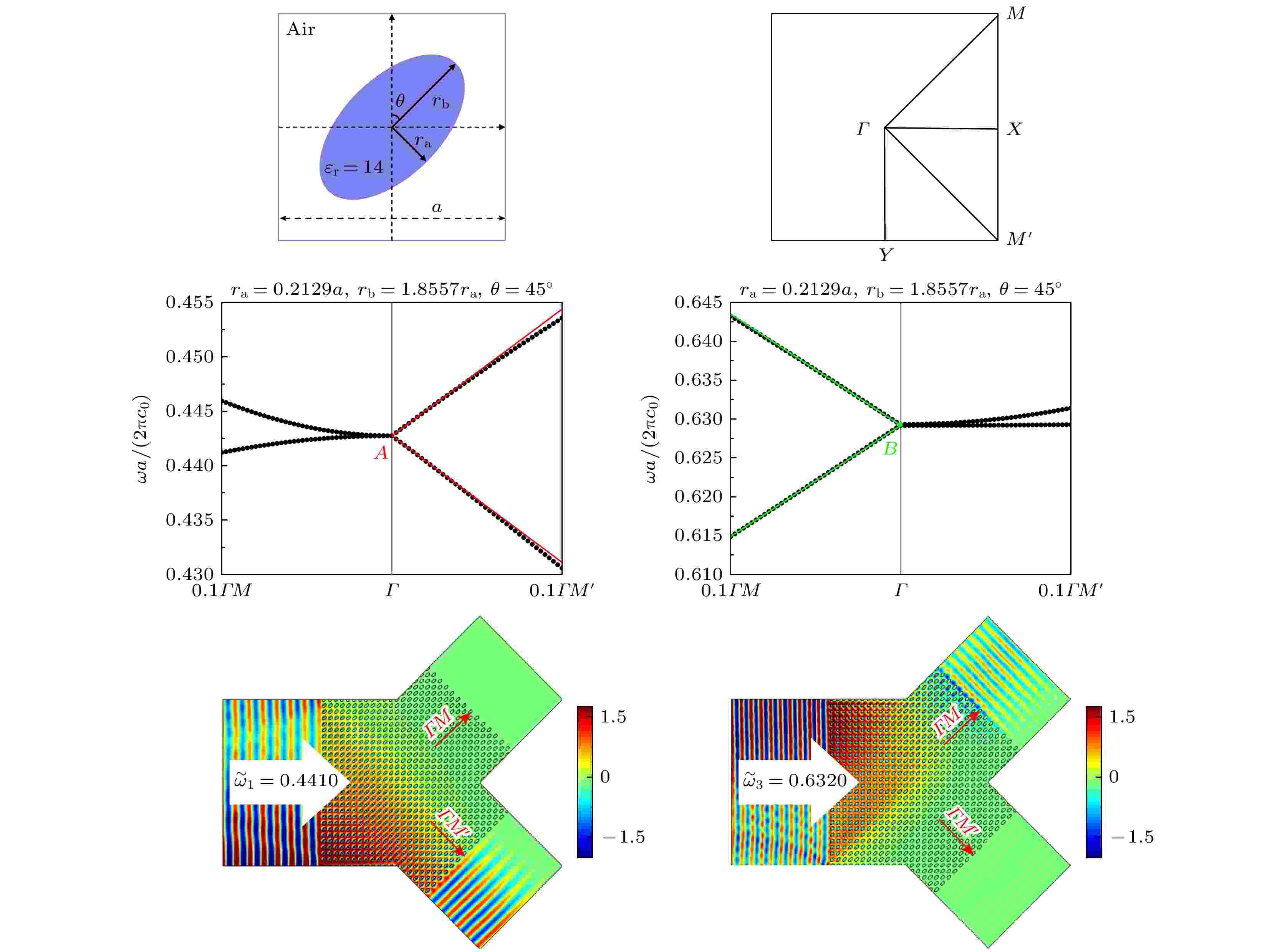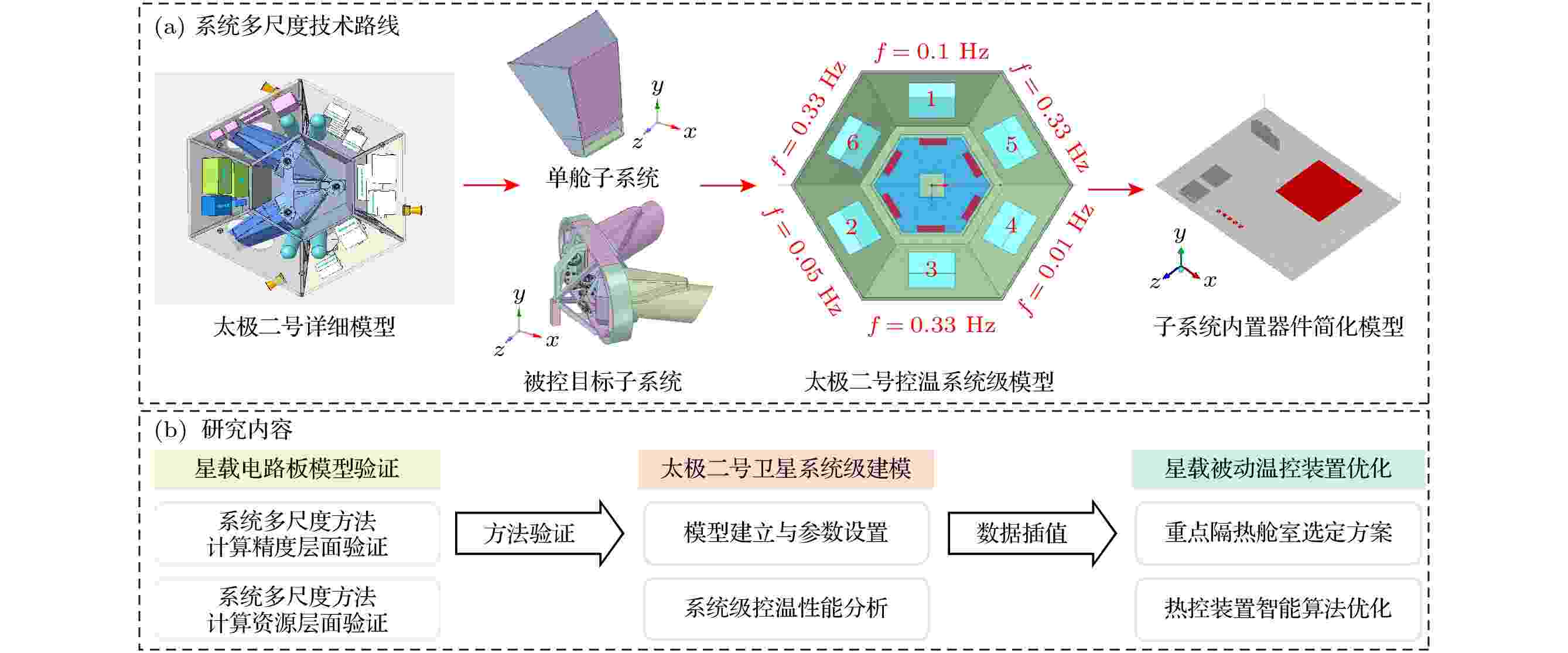Vol. 73, No. 18 (2024)
2024-09-20
SPECIAL TOPIC—Machine learning in biomolecular modelling

2024, 73 (18): 188701.
doi:10.7498/aps.73.20240811
Abstract +
The AI revolution, sparked by natural language and image processing, has brought new ideas and research paradigms to the field of protein computing. One significant advancement is the development of pre-training protein language models through self-supervised learning from massive protein sequences. These pre-trained models encode various information about protein sequences, evolution, structures, and even functions, which can be easily transferred to various downstream tasks and demonstrate robust generalization capabilities. Recently, researchers have further developed multimodal pre-trained models that integrate more diverse types of data. The recent studies in this direction are summarized and reviewed from the following aspects in this paper. Firstly, the protein pre-training models that integrate protein structures into language models are reviewed: this is particularly important, for protein structure is the primary determinant of its function. Secondly, the pre-trained models that integrate protein dynamic information are introduced. These models may benefit downstream tasks such as protein-protein interactions, soft docking of ligands, and interactions involving allosteric proteins and intrinsic disordered proteins. Thirdly, the pre-trained models that integrate knowledge such as gene ontology are described. Fourthly, we briefly introduce pre-trained models in RNA fields. Finally, we introduce the most recent developments in protein designs and discuss the relationship of these models with the aforementioned pre-trained models that integrate protein structure information.
INTERDISCIPLINARY PHYSICS AND RELATED AREAS OF SCIENCE AND TECHNOLOGY

2024, 73 (18): 188201.
doi:10.7498/aps.73.20240533
Abstract +
In the photoelectrochemical water splitting reaction system, bubbles will cover the reaction area on the photoelectrode surface, affecting the reaction impedance and gas-liquid mass transfer. A laser irradiation system is built and it is coupled with an electrochemical workstation and high-speed microscopic imaging system. The evolution behavior and mass transfer characteristics of single O2bubble on the TiO2photoelectrode are studied at different electrolyte concentrations (Na2SO4, 0.1–2.0 mol/L). With the increase of electrolyte concentration from 0.1 mol/L to 2.0 mol/L, the solution resistance and bubble additional resistance decrease, and the overpotential in the stable growth stage of bubble decreases from 0.113 V to –0.089 V. The bubble will cause the fluctuation of overpotential in the nucleation, growth and detachment stages, which is consistent with the impedance change caused by the change of dissolved oxygen concentration in the liquid phase. By analyzing the correlation between gas evolution efficiency and bubble coverage, it is found that the increase of electrolyte concentration will lead the bubble coverage and gas evolution efficiency to decrease simultaneously. By calculating the Sherwood dimensionless number, the results show that the total convective mass transfer coefficient increases with the electrolyte concentration increasing. Single-phase natural convection plays a dominant role in the process of gas product transfer, and its mass transfer coefficient is one order of magnitude larger than that of bubble-induced convection. In summary, by adjusting the electrolyte concentration, the bubble on the gas evolution photoelectrode surface can be effectively removed and the mass transfer of the system can be optimized, which is of great significance in improving the efficiency of photoelectrochemical water splitting.
THE PHYSICS OF ELEMENTARY PARTICLES AND FIELDS

2024, 73 (18): 181101.
doi:10.7498/aps.73.20240800
Abstract +
ELECTROMAGNETISM, OPTICS, ACOUSTICS, HEAT TRANSFER, CLASSICAL MECHANICS, AND FLUID DYNAMICS

2024, 73 (18): 184401.
doi:10.7498/aps.73.20240685
Abstract +








